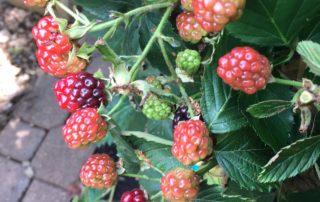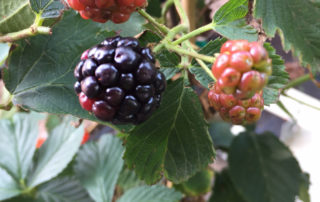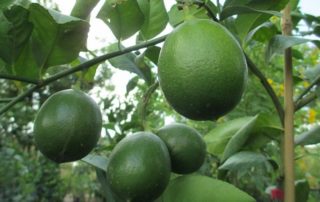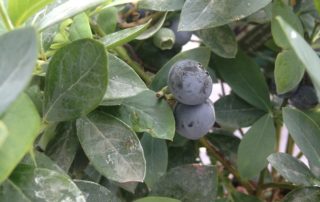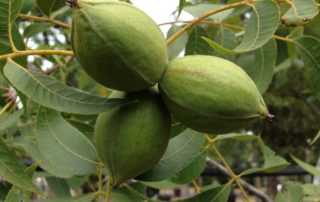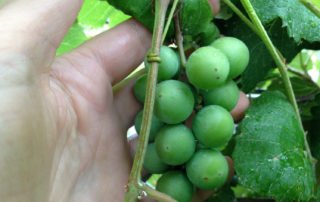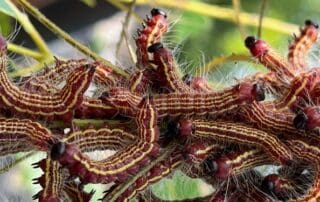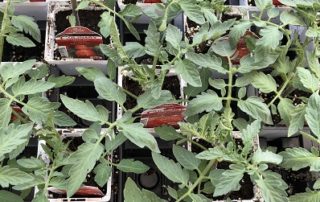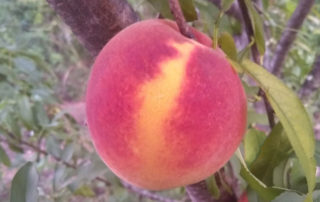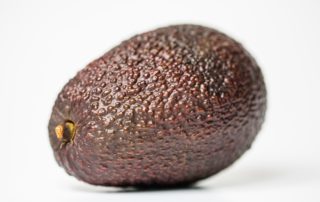Growing Blackberries in Central Texas
Most Blackberries are biennials that produce their fruit the second year after planting. Some new introductions from the University of Arkansas called "Prime-Ark" Blackberries have the ability to produce on both the current year's canes and the previous year's canes. Blackberries do well in sandy soils, and can be grown in soils that are at least one foot deep with good drainage. In areas with poor drainage, they may be grown in raised beds. You can choose from three different categories of blackberries to grow in Texas: Thorny varieties are [...]

